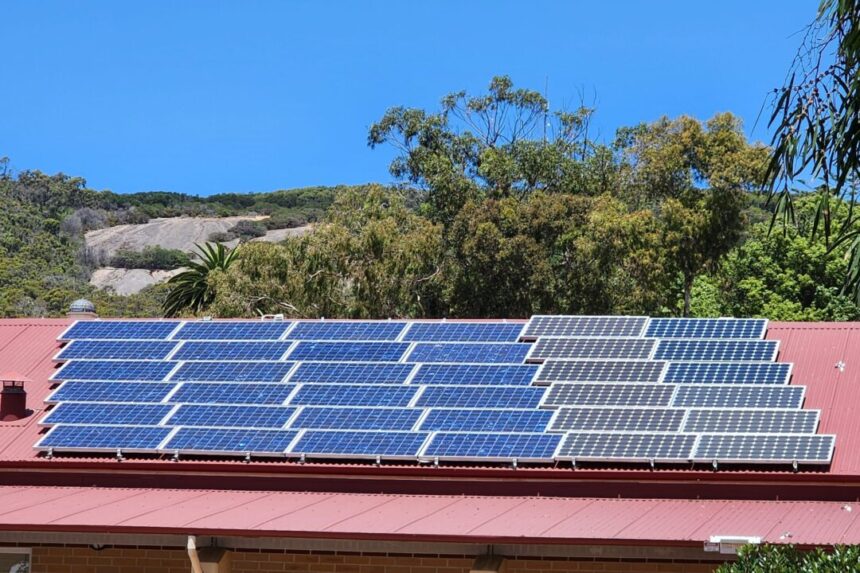According to the Institute of Energy Economic and Financial Analysis (IEEFA), replacing gas appliances with efficient electric alternatives could save the average Victorian household $1,200 a year.
The IEEFA also suggests that giving customers the option to use solar energy for water heating could reduce power bills and alleviate pressure on the national grid.
Data from the Department of Climate Change, Energy, the Environment, and Water (DCCEEW) reveals that 32 percent of Australia’s total electricity generation comes from renewable sources, with 14 percent from solar energy. Additionally, solar hot water accounts for 4.2 percent of the country’s renewable energy mix.
Solar hot water systems function as thermal batteries, storing heat until needed, explains distributed energy resources specialist Gabrielle Kuiper, a guest contributor at IEEFA.
Solar water heating, which involves using sunlight to heat water through a solar thermal connector, is considered a cost-effective method for generating hot water in homes, according to the United States Department of Energy.
DCCEEW reports that water heating is the second-largest household energy consumption segment in Australia, comprising 15 to 30 percent of total energy use. They also note that solar water heating is the leading source of greenhouse gas emissions among individual Australian households.
IEEFA’s analysis indicates that replacing gas appliances with efficient electric alternatives in Victoria could save households an average of $1,200 annually. Kuiper emphasizes that cost savings can be achieved through solar water heating, ‘solar sponge’ retail tariffs, and participation in demand response programs.
In conclusion, transitioning to solar water heating and utilizing efficient electric alternatives can lead to significant cost savings for consumers and contribute to a more sustainable energy system.
Source link




